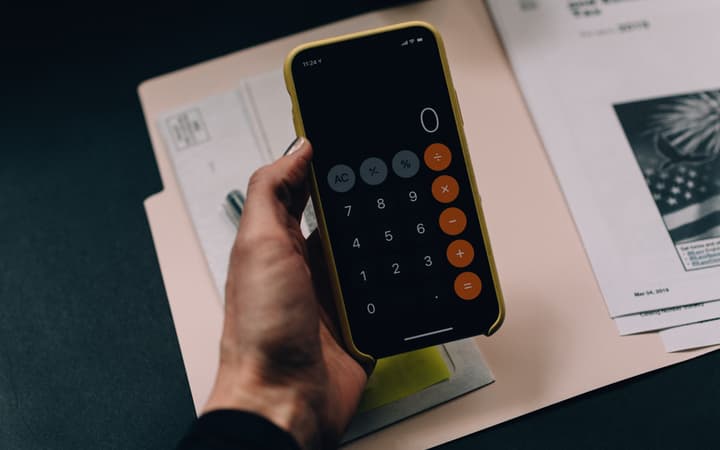Can you patent mathematics?

Mathematics is a subject that many of us loved to hate at school, thanks to its endless symbols, theorems and the difficulty in relating classroom teachings to real life. Yet, mathematics is a commonly used language in science and technology and its principles enable us to express the physical world.
The patent system has a similarly love/hate relationship with mathematics. The European Patent Convention (EPC) explicitly excludes mathematics that relates to the purely abstract from patentability, as the patent system requires an invention disclosed in a patent to solve a technical problem. However, the European Patent Office (EPO) acknowledges the role that mathematics plays in technology and frequently grants patents with mathematical principles that play a key role in the implementation of an invention.
But where is the line between the abstract and inventive? Here are a couple of examples.
Improving security for the CAN Bus
The Controller Area Network (CAN) Bus is a vehicle standard that allows microcontrollers and devices inside a vehicle to communicate without a host computer. It transmits data in a broadcast fashion, which means that a message transmitted by one device can be heard by all others on the same network.
Today’s vehicles are more vulnerable to cyber-attacks than they have ever been before, due to increased connectivity with the surrounding environment. This makes the CAN Bus a useful point of weakness — only one device or microcontroller needs to be accessed for messages to be transmitted around the entire internal network of a vehicle.
Vehicles can be made more secure by using an Elliptic Curve Digital Signature Algorithm (ECDSA) to send messages around the vehicle. This relies on the properties of Elliptic Curves, an abstract mathematical concept, to make a signature more secure.
Of course, a patent is only granted for a new and inventive product, method or process, or a new and inventive use for a product. While it need not be ground-breaking, and many patents cover very narrow technical advances, an invention claimed by a patent application must be new, useful and inventive at the time the patent is filed if it is going to be granted.
In considering changes to ECDSA when applied to the CAN Bus, some modifications may prosper better than others in the patent system. One of the important parameters in the application of ECDSA is the selection of the elliptic curve base point (often denoted as G). This is then used to generate the signature that enables the secure transmission of data.
If G was chosen simply for reasons of mathematical elegance or so that its integer order (another important parameter) could be made smaller, with no other technical benefit, then it isn’t likely to get around the exclusions from patentability of abstract mathematical concepts. However, if G is chosen to increase the security benefits of ECDSA or even to make the processing more efficient, then it would stand a much better chance of being patented. This is because an increase in data security or a reduction in computational processing are typically seen as technical problems.
Improving blood pressure monitoring
Blood pressure monitoring devices (sphygmomanometers) are used to take measurements from patients. Modern methods of blood pressure monitoring use digital signal processing principles to produce output values for systolic pressure, diastolic pressure and pulse rate.
Implementing a simple change to, for instance, the output units (thereby introducing a new calculation) would not be likely to convince a patent office that anything other than an abstract choice is at play.
If, however, the output data was used to mathematically estimate pulsatility index, for example, and this was then used to generate an alert to predict the likelihood of pre-eclampsia in a pregnant woman, this would stand a much better chance of securing a patent, as a technical problem has clearly been addressed.
A technical solution
As the two examples show, it’s certainly possible to protect mathematically focused inventions — but only if the mathematics contributes to a technical solution to a technical problem.
We have experience when it comes to protecting technology that applies mathematical methods and principles. Get in touch with us to find out more.






